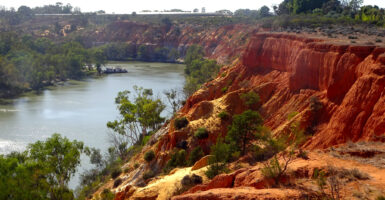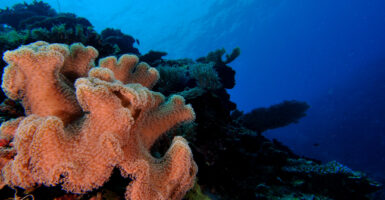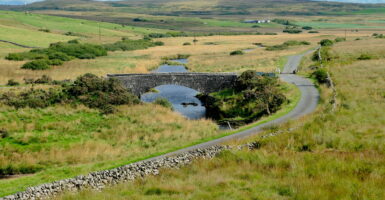20 Geographic Oddities Where Two Ecosystems Collide
Nature rarely draws straight lines, but sometimes, the boundaries between different worlds are surprisingly sharp. These ecological edges, where distinct environments meet, create some of Earth’s most fascinating landscapes and unique habitats.
These collision zones showcase nature’s ability to adapt and thrive in transition spaces, creating environments that seem to defy conventional geographic rules.
Atacama Desert – Pacific Ocean Junction
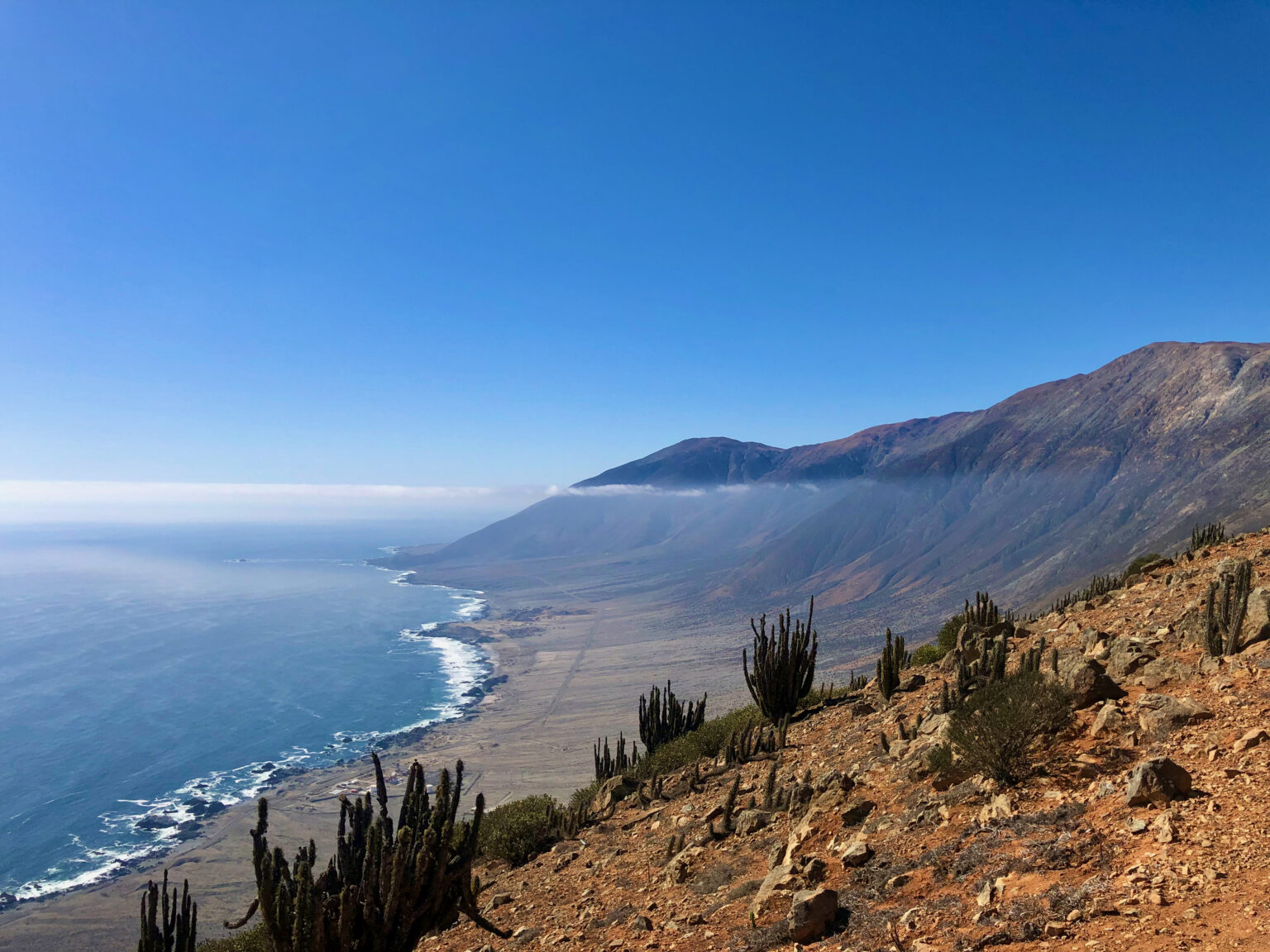
Where the world’s driest desert meets one of its most productive oceans, life finds extraordinary ways to persist. Fog-catching cacti grow alongside seabird colonies, while underground water networks connect marine and desert ecosystems.
Local fishermen navigate both environments daily while using ancient techniques passed down through generations. Scientists recently discovered unique microorganisms that survive by harvesting moisture from both morning fog and ocean spray.
Sahara-Mediterranean Coastal Strip
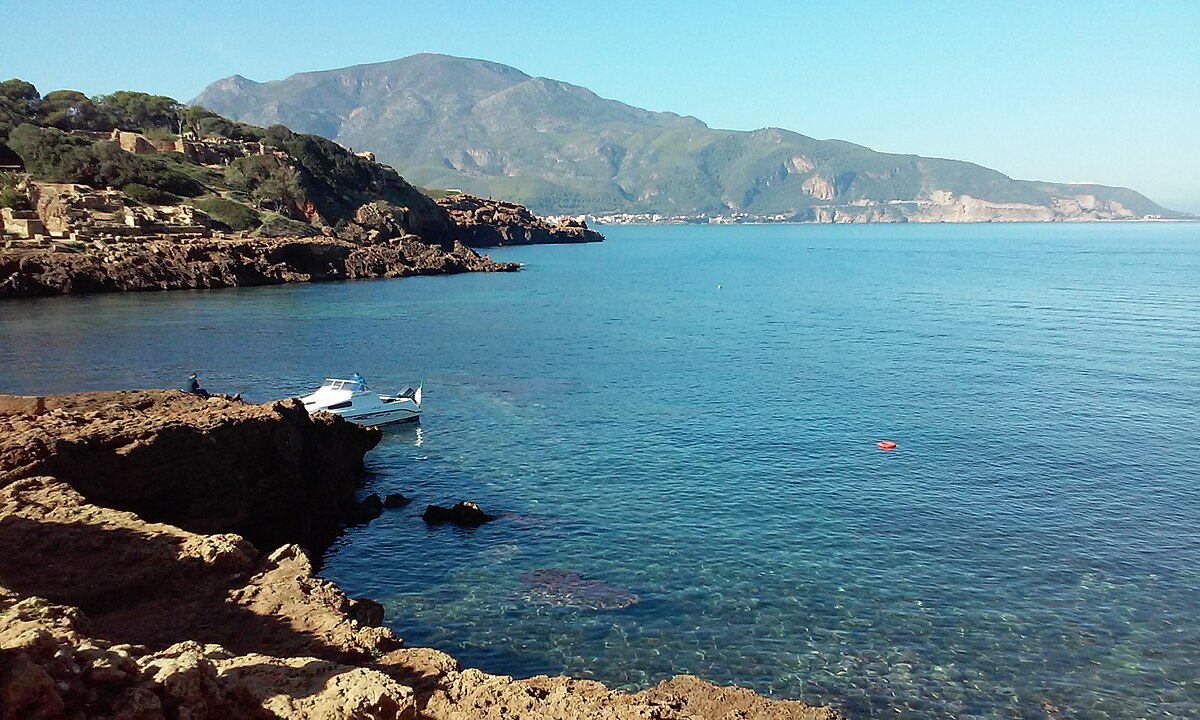
This narrow band, where the desert meets the sea, created civilization-shaping trade routes. Here, date palms share soil with olive trees, while desert foxes hunt alongside coastal birds.
Flash floods from desert storms create temporary wetlands that sustain migrating birds. Recent archaeological discoveries suggest this zone hosted thriving communities that mastered both maritime and desert survival techniques.
Like Go2Tutors’s content? Follow us on MSN.
Great Barrier Reef-Daintree Rainforest
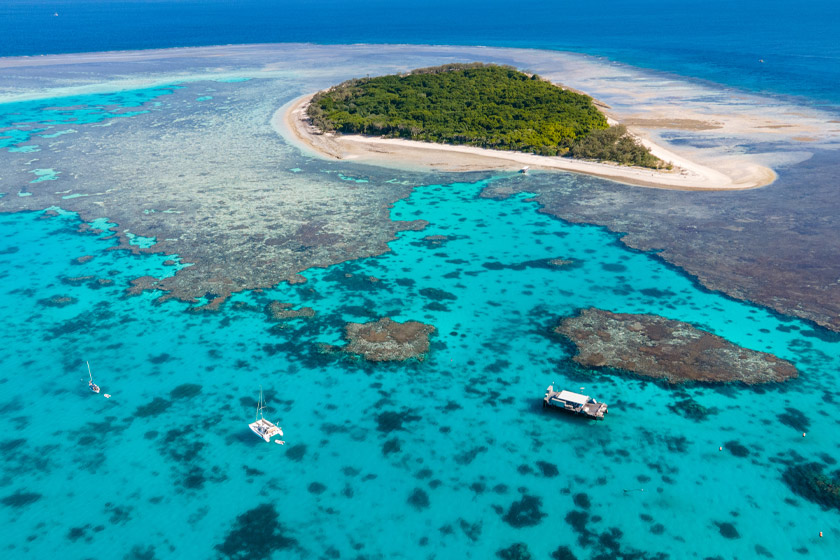
The only place on Earth where two UNESCO World Heritage sites meet creates a unique interchange between reef and rainforest. Mangrove systems serve as nurseries for reef fish while filtering rainforest sediment.
Indigenous peoples maintain ancient traditions that span both ecosystems, while scientists study how coral and forest systems influence each other’s weather patterns.
Dead Sea-Judean Desert Interface
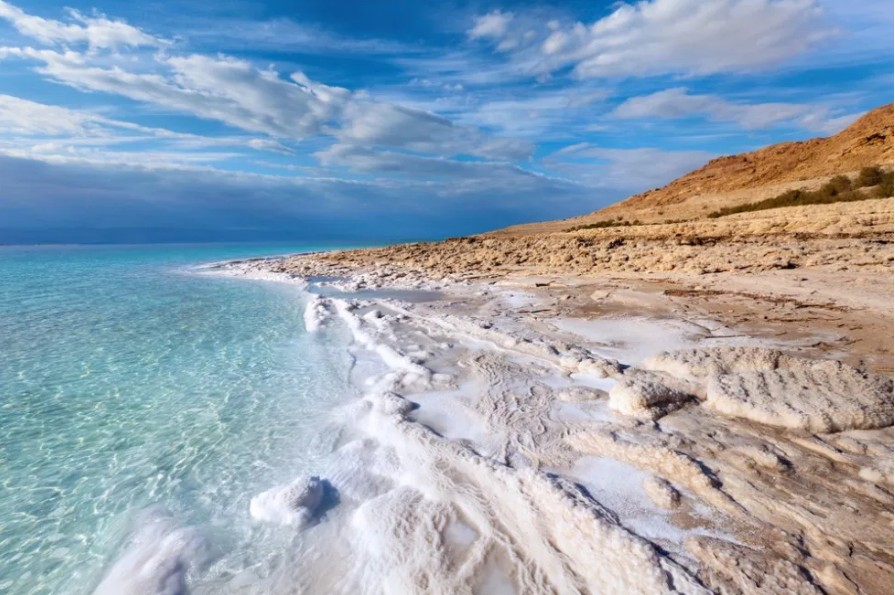
Where the lowest point on Earth meets one of its most arid deserts, unique salt-tolerant life forms emerge. Springs create oases where fresh and hypersaline waters mix, supporting species found nowhere else.
Local communities have developed traditional farming methods that use this natural gradient to grow rare salt-resistant crops.
Antarctic Peninsula-Southern Ocean Convergence
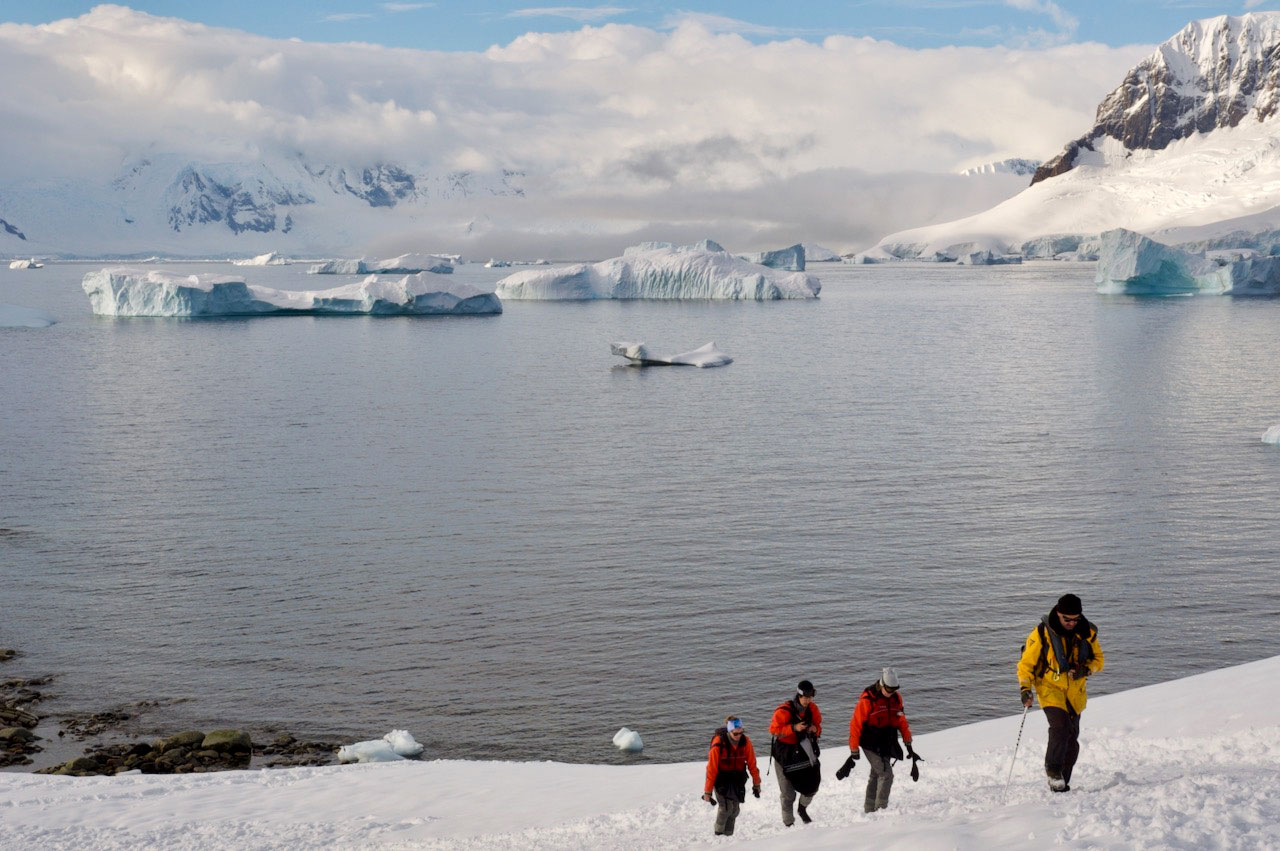
This collision zone creates crucial pathways between breeding grounds and feeding waters. Penguin colonies have carved paths through this interface over millennia, while unique ice-edge ecosystems support abundant krill populations.
Scientists monitor this zone as an early warning system for climate change impacts.
Like Go2Tutors’s content? Follow us on MSN.
Namib Desert – Skeleton Coast
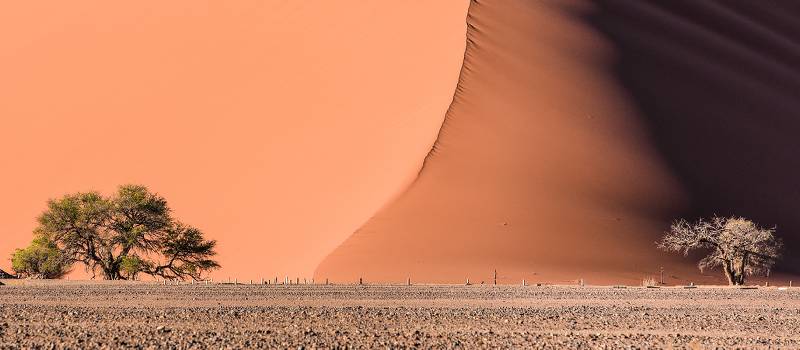
Where the ancient desert meets cold ocean currents, fog sustains a bizarre variety of life forms. Ship graveyards create artificial reefs while desert-adapted lions hunt seals along the coast.
Local researchers study how fog patterns shape both marine and desert life cycles.
Amazon Rainforest – Andean Cloud Forest
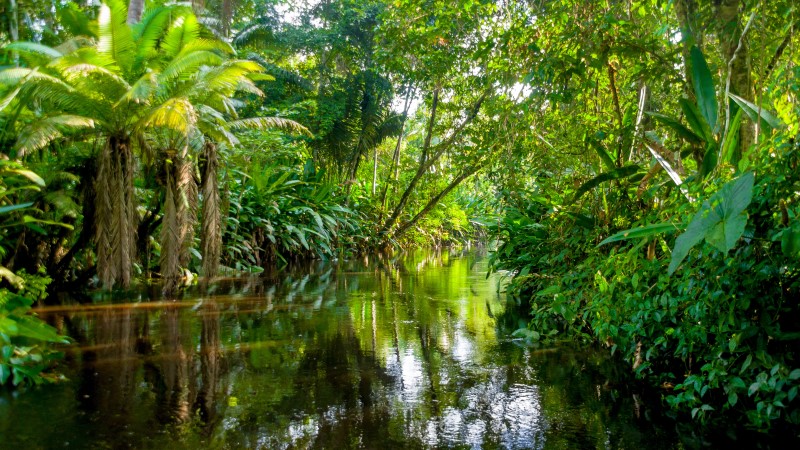
This elevation-driven collision creates one of Earth’s most biodiverse regions. Species from both ecosystems have evolved unique characteristics to survive in this transition zone.
Indigenous communities maintain agricultural practices that span multiple elevation zones while scientists discover new species in this biological melting pot.
Sonoran Desert – Sea of Cortez

Where cacti-studded landscapes meet fertile waters, unique adaptations emerge. Desert plants harvest ocean moisture while marine nutrients feed coastal ecosystems.
Local fishermen follow traditional calendars that track both desert and marine seasonal changes.
Like Go2Tutors’s content? Follow us on MSN.
Kalahari Desert – Okavango Delta

Seasonal flooding creates a paradise in the desert, where land and water animals develop unusual behaviors. Lions learn to swim, while fish survive in seasonal pools.
Local communities have developed complex systems to track and predict these environmental changes.
Arctic Tundra – Boreal Forest

This transition zone marks a crucial boundary in Earth’s northern ecosystems. Trees become progressively shorter and more twisted, creating unique wildlife habitats.
Indigenous peoples have long used this zone for seasonal hunting and gathering, while scientists have studied it as an indicator of climate change.
Everglades – Florida Keys

Freshwater marshes gradually blend into marine environments, creating essential nursery habitats. Manatees move between fresh and salt water, while unique bird species nest in this transition zone.
Local conservation efforts focus on preserving these crucial ecological connections.
Like Go2Tutors’s content? Follow us on MSN.
Gobi Desert – Mongolian Steppe

Where desert meets grassland, unique adaptations allow life to thrive in both environments. Nomadic herders follow ancient patterns that take advantage of both ecosystems.
Researchers study how species adapt to this shifting boundary.
Pacific Ocean – Olympic Rainforest

Coastal rainforests receive nutrients from ocean spray while providing crucial shelter for marine life. Salmon connects these ecosystems through their life cycles, while bears and eagles move between forest and shore.
Local tribes maintain traditions that span both environments.
Sahel – Sudan

This vast transition zone between desert and savanna creates unique seasonal patterns. Nomadic people have developed sophisticated systems to navigate these changing environments.
Wildlife follow ancient migration routes through this corridor.
Like Go2Tutors’s content? Follow us on MSN.
Hawaiian Islands – Pacific Ocean
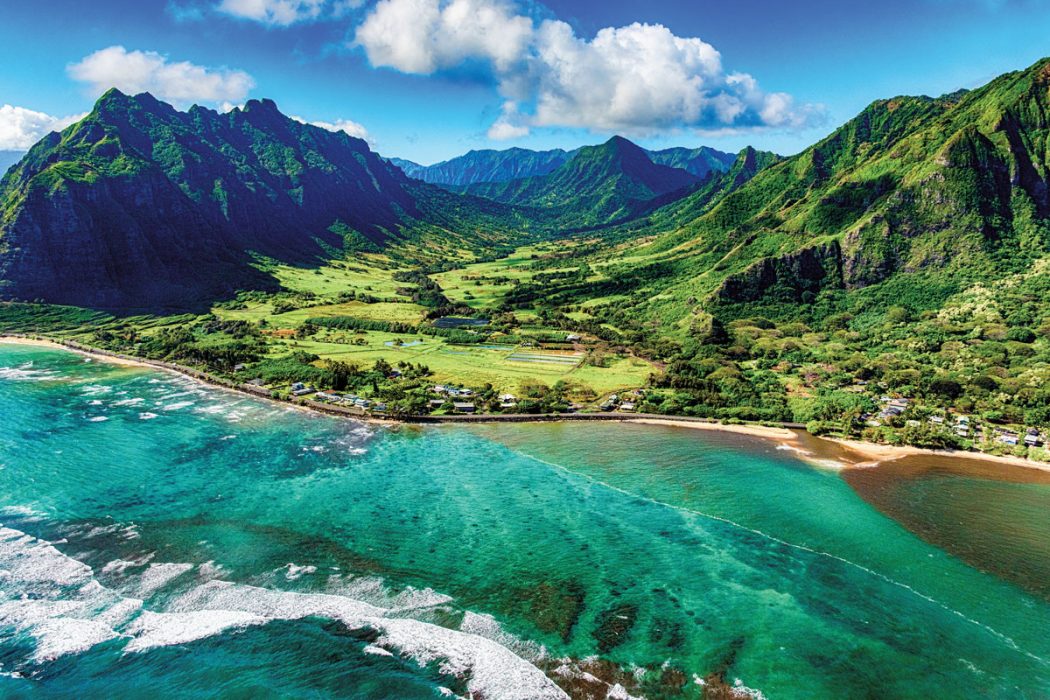
Where new land meets the ancient ocean, pioneering species create unique ecosystems. Lava flows create new shorelines while marine life colonizes submerged volcanic landscapes.
Scientists study these areas to understand how life establishes itself in new territories.
Mediterranean-Alps

Coastal and mountain ecosystems blend to create unique microclimates. Traditional farming practices span multiple elevation zones, while seasonal wildlife migrations connect the coast and peaks.
Local communities maintain ancient pathways that link these diverse environments.
Great Plains – Rocky Mountains

Where grasslands meet the mountains, unique weather patterns shape life. Prairie species adapt to mountain conditions, while alpine creatures venture into the plains.
Native American traditions reflect a deep understanding of how these ecosystems interact.
Like Go2Tutors’s content? Follow us on MSN.
Tibetan Plateau-Himalayan Peaks

High-altitude deserts meet the world’s highest mountains, creating extreme survival challenges. Unique species like snow leopards and blue sheep navigate both environments.
Traditional herding practices span multiple elevation zones.
Antarctic Dry Valleys-Ice Sheet

The world’s coldest desert meets its largest ice mass, creating otherworldly conditions. Microscopic life forms survive in both environments.
Researchers study these zones to understand potential extraterrestrial habitats.
Sundarbans Mangrove-Bengal Plains

Where freshwater plains meet the Bay of Bengal, the world’s largest mangrove forest creates a unique threshold between terrestrial and marine life. Tigers swim between islands while dolphins navigate through forest channels.
Local honey collectors and fishermen have developed intricate knowledge systems to work safely in this dual environment. Recent studies show how this ecosystem serves as a crucial buffer against cyclones while supporting one of the most complex food webs on Earth.
Like Go2Tutors’s content? Follow us on MSN.
Preserving Earth’s Transition Zones

These collision zones between ecosystems serve as natural laboratories for understanding adaptation and resilience. As climate change shifts environmental boundaries, these areas become increasingly important for conservation.
Their study offers crucial insights into how life adapts to changing conditions, while traditional knowledge from local communities provides valuable perspectives on managing these unique transitions.
More from Go2Tutors!

- Famous Battles: How Much Do You Really Know About U.S. History?
- Top 5 Most Important Skills, According To Harvard Business School
- How Well Do You Know 90s Pop Culture? Take the Quiz
- Master the Art of Public Speaking with These Expert Tips
- Think You Know Capitals? Put Your Knowledge to the Test
Like Go2Tutors’s content? Follow us on MSN.
